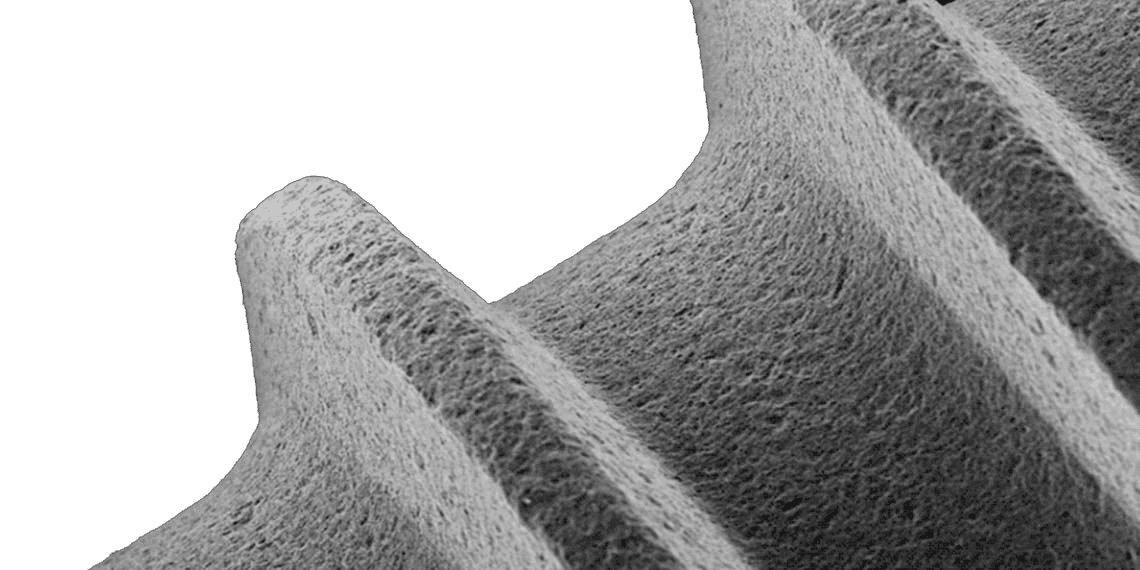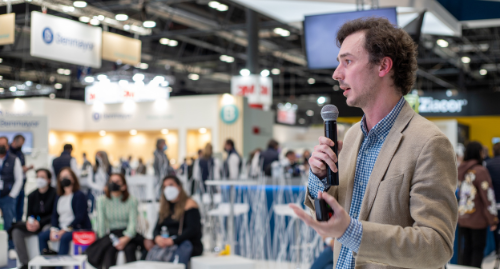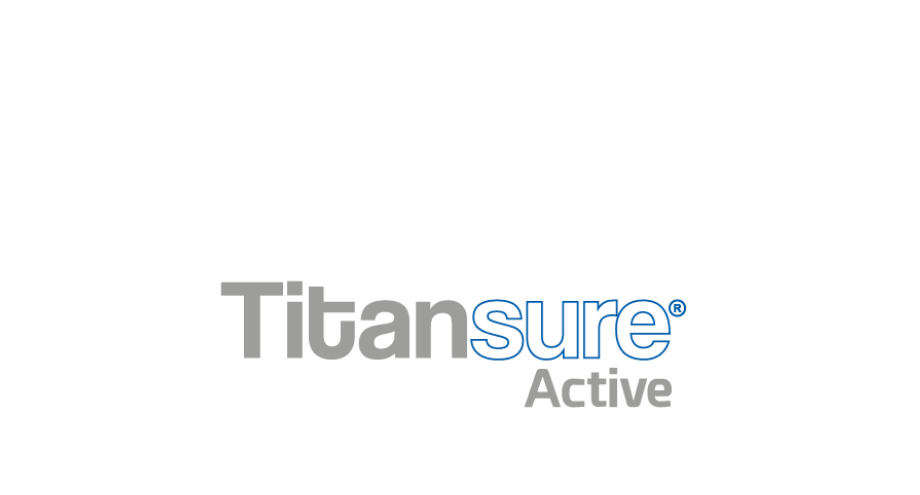
Many scientific studies show that surfaces of dental implants with a rough or porous topography increase the contact surface implant-bone. Furthermore, the process of osseointegration is accelerated facing implants with conventional machined or polished surfaces.
The morphologic irregularities of implants surface improve the initial fixation of cells, providing a better osseointegration. On the other hand, implants which are subjected to a sandblasted and acid-etched process have cellular effects non-cytotoxic and are biocompatible. They do not destroy cells or are toxic to them [1]. Albrektsson [2] quantified requiring space, called none in-growth, or growth retardation bone to within the roughness.
Some studies Koshy and Philip [3] confirmed that the procedures for the rough surface implant, not only create roughness but chemical alteration. According to Le Guéhennec and others [4] currently, endosseous implants are endowed of rough oseo-conductives surfaces, which can be macro, micro or nano rough. To achieve the roughness surface various techniques are used such as spray from the plasma of polished titanium with particles of ceramic or anodizing.
The characteristics of the implant surface affect both: soft and hard tissue. Cochran [5] said that the rough surfaces of implants are more osteoconductive than the smooth surfaces. A osteoconductive substance is capable of withstanding the capillaries growth, perivascular tissue and osteoprogenitor cell from the receiver bed, in a three-dimensional structure of an implant or a graft” so reinforce the formation of bone in those areas where there are bone cells. Osseoconductivity is a property in the sponge bone grafts. [6]
In conclusion, these studies confirm that those dental implants that possess a roughness surface or morphological irregularities give rise to a better osseointegration.
ZIACOM implants are covered by Osseonova surface, equipped with a thick layer of TIO₂ (Titanium oxide), obtained through a proven process called Sandblasting, followed by a double Acid-Etching technique which provides an homogeneous topography to the implant with an excellent macro and micro porosity. Therefore we can say that Osseonova surface improves and accelerates the osseointegration, being suitable for predictable results.

BIBLIOGRAPHY
1. Orsini G, Assenza B, Scarano A, Piattelli M, Piattelli A. Surface analysis of machined versus sandblasted and acid-etched titanium implants. Int J Oral Maxillofac Implants. 2000 Nov-Dec;15(6):779-84.
2. Albrektsson T, Brånemark PI, Eriksson A, Lindström J. The preformed autologous bone graft. An experimental study in the rabbit. Scand J Plast Reconstr Surg. 978;12(3):215-23.
3. Koshy E, Philip SR. 2015. Dental implant surfaces: an overview. Int J Clin Implant Dent. 1(1):14–22.
4. Le Guéhennec L, Soueidan A, Layrolle P, Amouriq Y. 2007. Surface treatments of titanium dental implants for rapid osseointegration. Dent Mater. 23(7):844–854.
5. Cochran DL, Obrecht M, Weber K, Dard M, Bosshardt D, Higginbottom FL et al. Biologic width adjacent to loaded implants with machined and rough collars in the dog. Int J Periodontics Restorative Dent. 2014;34(6):773–779.
6. Macía S., Morales M., Navarro R., Pérez E., Erdocia P., Henández A. Osteoconducción en implantes. Actas de las XIV Jornadas Canarias de Traumatología y Cirugía Ortopédica; 32·33, 2000.
tis, pulvinar dapibus leo.




